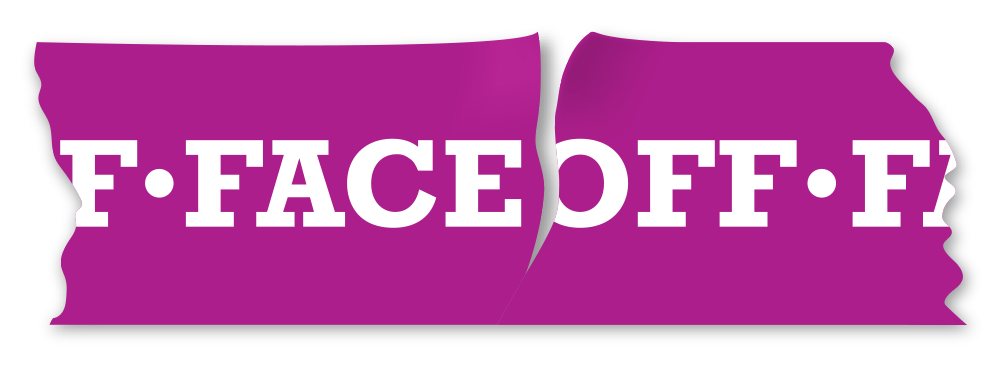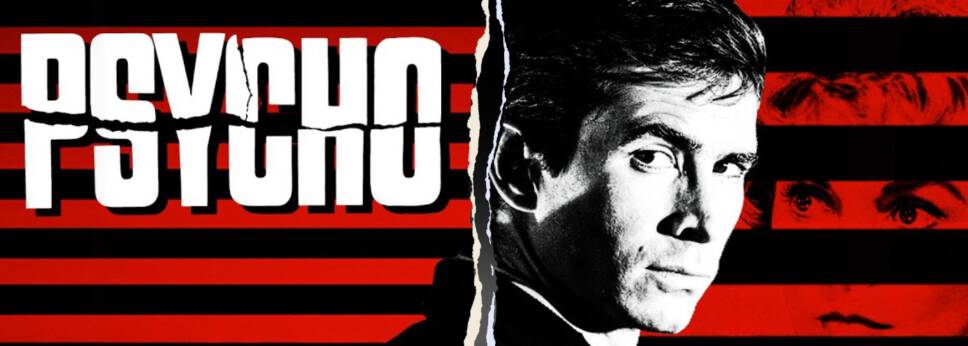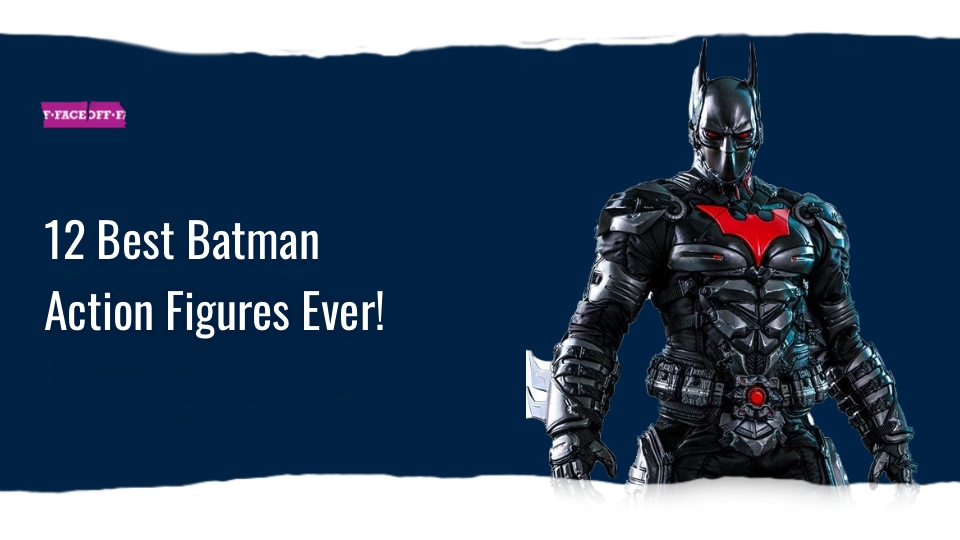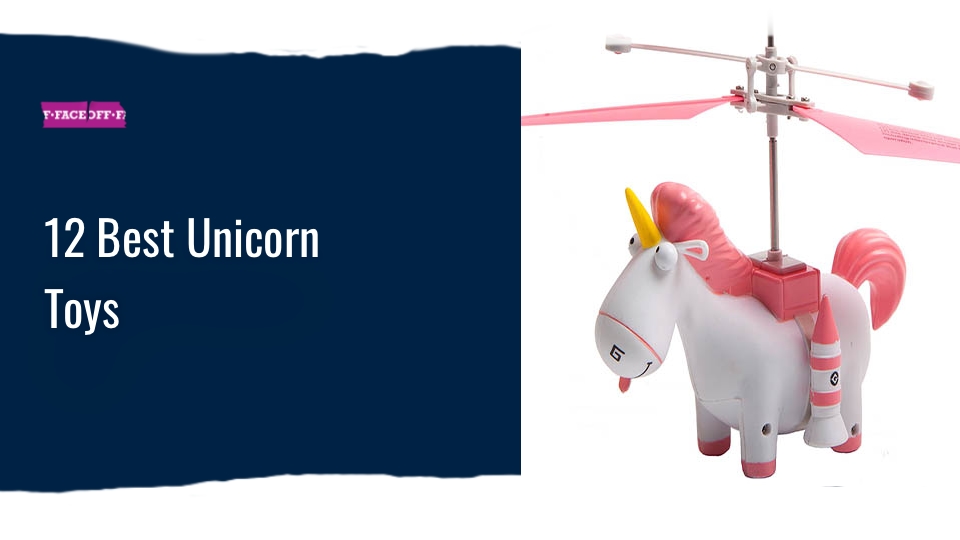Alfred Hitchcock’s film Psycho and Robert Bloch’s 1959 novel share similarities and differences. Joseph Stefano, Psycho’s screenplay writer, made a clear distinction between his script and the original novel. The question is how much of this is true?
The narrative structure of both the film and the novel is different in its story and plot development. According to Brodwell and Thompson, a story is the set of all the events in a narrative, both the ones explicitly presented and those the viewer must infer.
By definition, a story is chronological. The plot is everything visibly and audibly presented to the viewer. This includes all events explicitly presented (but not those we must infer), as well as non-diegetic elements such as the score and any credit sequences. A plot may be chronological or non-chronologic.
The Plot
Psycho The Novel
The plot in Bloch’s novel starts with Norman bates having a discussion with Mother. The readers are presented with his Mental subjectivity, when the viewer is actually plunged into the character’s mind, with access to inner thoughts, visions, fantasies, dreams, etc.
Chapter two introduce Marie and only in chapter three do both characters meet. So the story is about Norman and his strange relationship with his Mother. The murder of Marie changes the focus of the story to Norman’s murderer character. Will he strike again or will he be caught and punished? This notion continues throughout the novel till the end.
Hitchcock POV
Hitchcock’s version is different. The plot establishes Marion and Sam in their hotel room in Phoenix. The non-diagnostic title device informs the viewers where the action takes place. The plot follows Marion stealing the money and ending up in the Bates motel.
The plot suggests that the story is about Marion’s fate, will she be caught or not? But the story changes when Marion is murdered, it is no longer about her and her sin, it is about Mother’s killing and Norman’s attempt to save his mother.
Storyline
Hitchcock and the original novel use Marion’s sister and her lover Sam to reveal the truth that Norman is the murderer. Later on, both the novel and the film explain Norman’s psychotic behavior. It is evident that the film follows the novel’s storyline.
The story is about a killer by the name of Norman Bates who owns a motel, he suffers from the Oedipus complex, he kills his mother and her lover, he kills Marion and detective Arbogast, and he gets caught by Marion’s sister and lover Sam, he is confined in a mental hospital.
Having said that, there are differences in how the story is told. Let us take the scene where Marion is convinced to have dinner with Norman.
Norman Bates Overweight and bald vs Young and Attractive
The novel describes Norman as a short height overweight balding man in his forties who probably is an alcoholic. Marie is an attractive 29 years old girl.
They have a conversation that reveals Norman’s strong tie to his mother. Marie feels empowered over this man who never touched a woman (As he confides to her) Because of him, she recollects her strength and dares to criticize him in a sarcastic tone. It is clear that she despises him. She quickly eats her meal and returns to her room pitying Norman.
Stefano changed this whole scene when he made Norman an attractive twenty years old man who has no drinking problem. Marion and Norman seem to have a common problem. Both of them are feeling suffocated and they are both hiding from something. Marie eats like a bird and she sympathizes with Norman. The aim of the director was to confuse the audience to believe that a romance between both characters is possible.
The Mod of the Novel and the Film
The importance of this scene is that it symbolizes the differences in the mod of the novel and the film. The novel depicts Norman as a grotesque character who hates women, it is apparent in his mental subjectivity, that he has the same thoughts about Marine’s sister. Norman brutally cuts off Marie’s head and butchers her body.
In Hitchcock’s film, Norman doesn’t seem to hate women, he is just a confused young man. The murder and the clean-up of Marie’s body are subtle compared to the novel.
Plot Device: Book vs Film
The last part of both the novel and the film is different. In the novel, Lila Crane is a more dominant figure in her relationship with Sam. At some point, she understands that no one really cares about her sister.
Sam is forced to follow Lila into the Bates Motel. They are given the key to Marie’s room (number 6). When she finds her sister’s bloody earring she asks Sam to enter the Bates’ house. When Sam tries to reason with her, she suggests he installs Norman while she goes to the reluctant Sheriff to get help.
Norman observes their conversation through the piping hole. He understands that there is no way out and plans his move. Norman offers a drink to Sam and it is obvious that he is in control of the situation.
He reviles to Sam that he killed his mother and her lover and that he managed to bring Mother back to life. When the lights disappear in the room, Norman strikes Sam and follows Lila back to the house. His attempt to kill Lila fails as the Sheriff and Sam stop him.
Peeping Norman
This scene is totally different from the film. Sam is the dominant figure. He seems to have his doubts when Lila suggests inspecting the Bates motel, but he quickly recollects and tells her to follow him. They enter the Bates motel.
In the film, it is cabin number one that Marion is murdered but Sam and Lila are given a key to a different room. They decide to get into cabin number one to search for it. Lila finds a piece of paper that suggests her sister was in the room. Norman doesn’t pip on their conversation. Sam goes to install Norman while Lila is going to check the house. Sam is in control of the situation when he confronts Norman. But Norman manages to escape while knocking Sam unconscious. His attempt to kill Lila is stopped not by the Sheriff, but by Sam.
60 years ago !!! Hitchcock’s flawless masterpiece. A perfect film in every way that changed cinema FOREVER !!!
PSYCHO (1960) pic.twitter.com/tcOMnE3xe6— R.A. the Rugged Man (@RAtheRuggedMan) September 9, 2020
Clearly, the plot device is different. It was changed in the script because it follows the structure of the movie.
Norman is not the type of person who can be in control especially not in the climax of the movie. Hitchcock is less interested in dealing with Norman’s complex mentality; he is saving this to the end of the film.
Bloch’s novel is more concerned with Norman’s mental condition, and his complex relationship with his mother. That’s why he uses the last part as a continuous follow-up to Norman’s condition.
Hitchcock Suspense vs Bloch’s Subjective Tone
In Bloch’s novel, it’s Sam who reveals to Lila about Norman’s split personality, as opposed to the film where it is the Psychiatric who explains Norman’s behavior. This is different because the novel focuses on three types of personalities – Norman the adult who acts only when Mother kills, Norman the child who is submissive to his mother, and of course Norman who is the Mother.
The film only deals with two personalities Norman and Mother. The reason for that is that the novel prefers to use a subjective tone of Norman’s character.
The original masterpiece vs. its pseudo shot-for-shot remake—a brazenly experimental film made in the mainstream, shot by Christopher Doyle in color! pic.twitter.com/HhnmdHkPch
— MUBI (@mubi) October 16, 2019
The reader shares his thoughts and can understand his struggle. Hitchcock chooses not to use this as the suspense effect is greater when the viewers don’t know what is to come next.
Psycho: Bottom Line
Joseph Stefano did not create Psycho out of his own imagination, he did use Robert Bloch’s novel, and stayed committed to the idea of the story. He wrote a different plot structure in order to get a certain reaction from the audience. The result in the beginning and in the end is the same, Marie/Marion decides to steal the money she gets killed and Norman is punished for his crimes.







